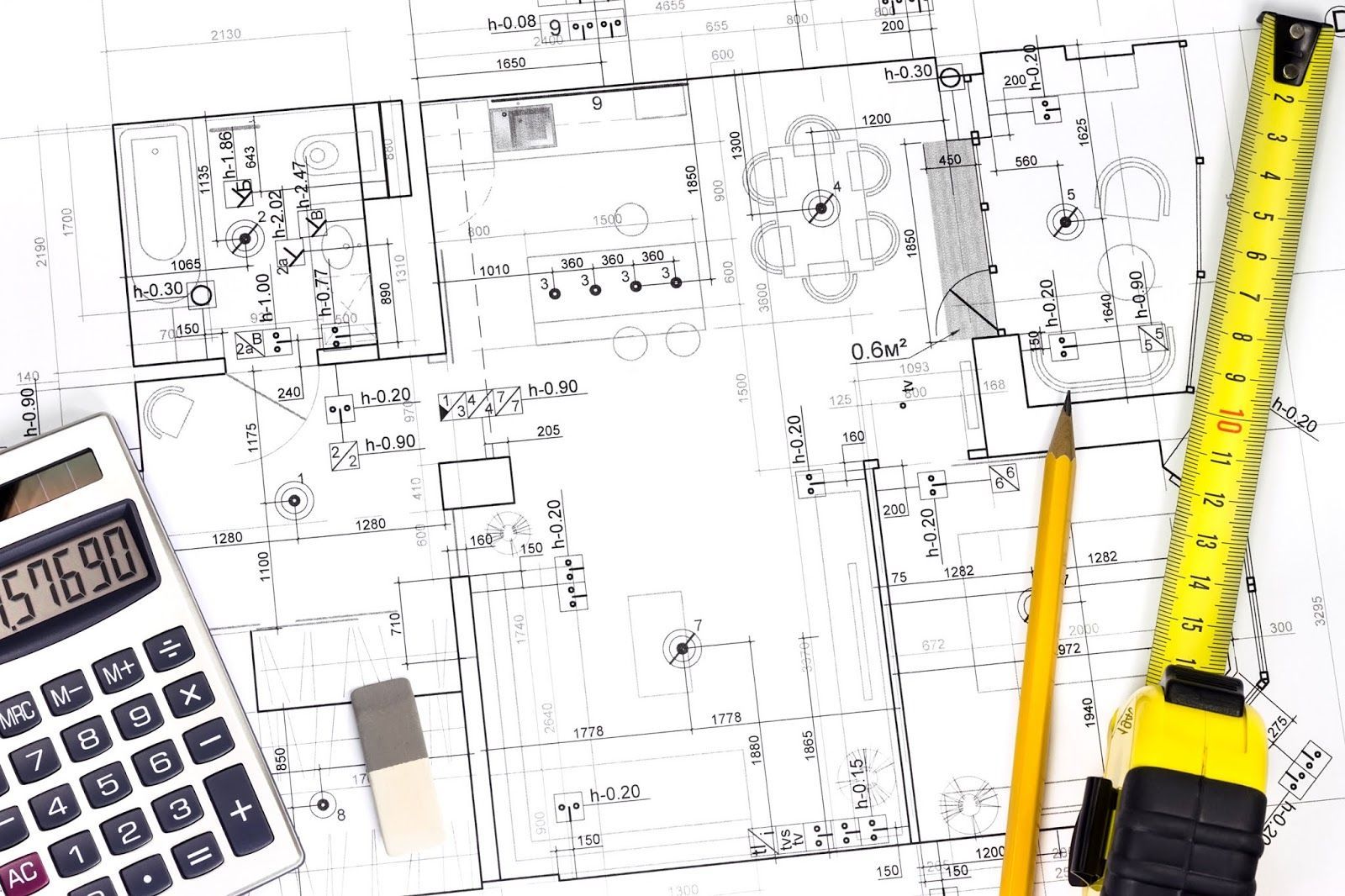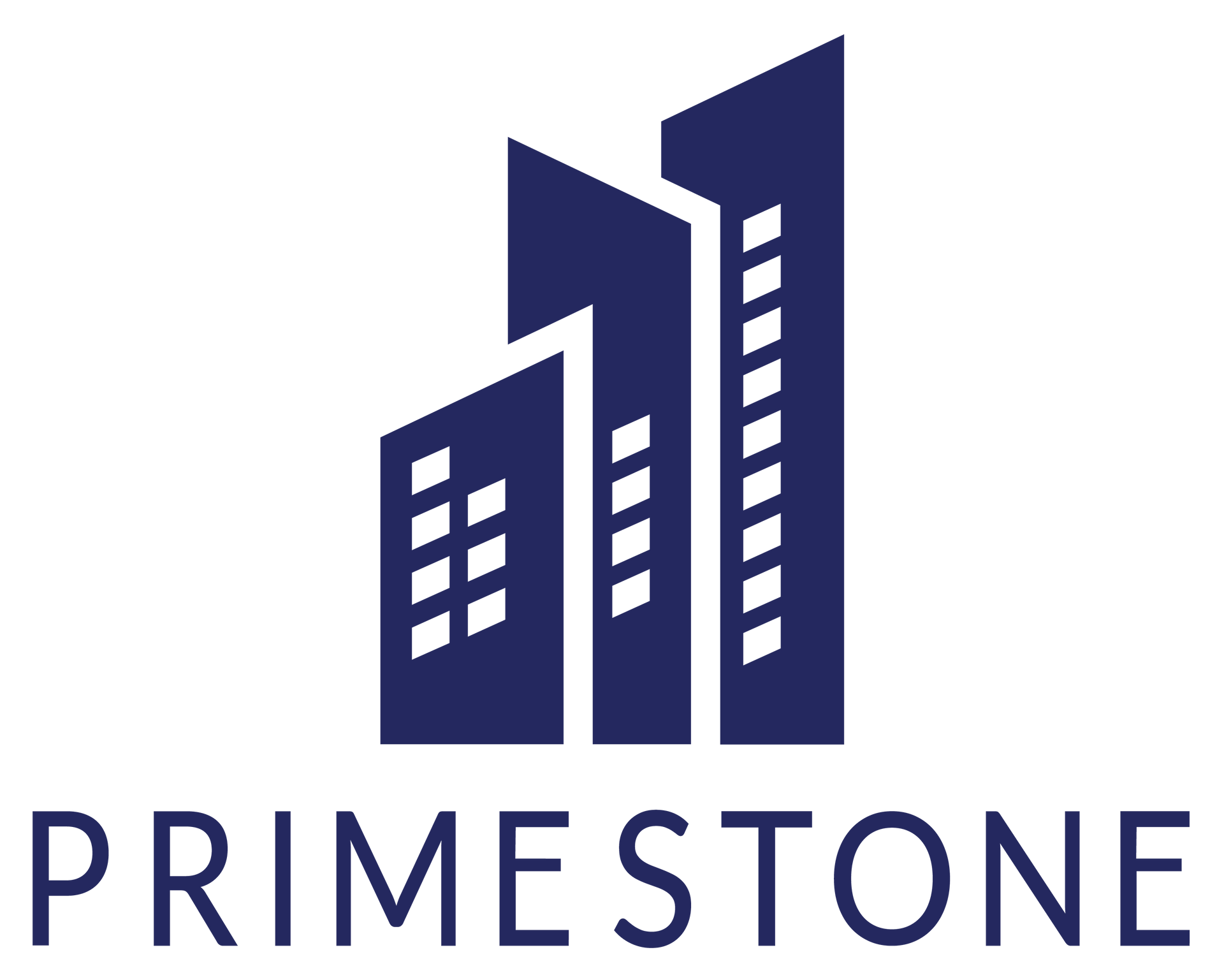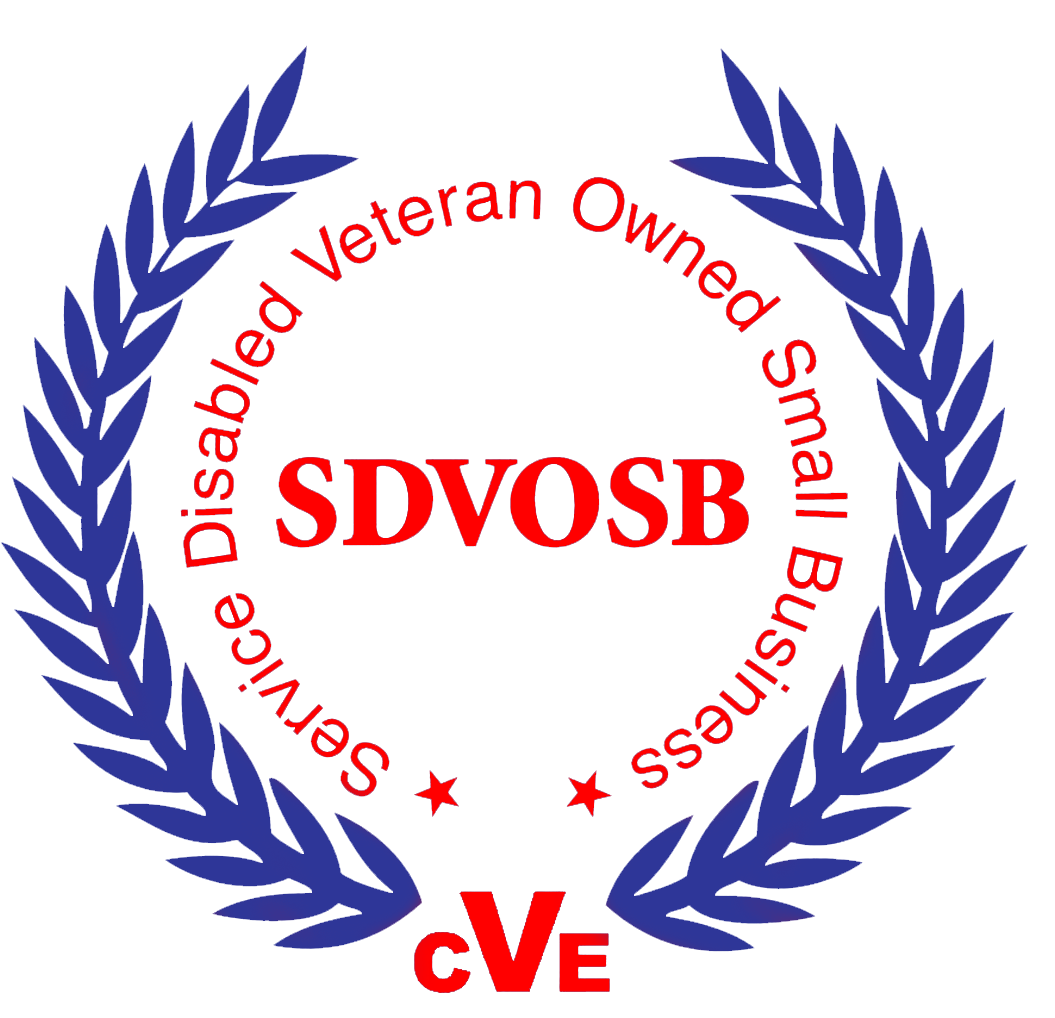Cost Estimation is Art
🚨 Cost Estimation is an ART – and we’re the Picasso of the Construction World 🎨💥
You want numbers? Sure, we give you numbers. But at The Primestone Group, we’re not just throwing numbers on a page, we’re telling a story. A story where every dollar counts and every decision impacts your bottom line.
Here’s the truth: Construction estimating isn’t just about math. It’s about understanding the bigger picture. It’s about strategy, about predicting the unpredictable, and about navigating the maze of cost in a way that makes you win.
The most successful construction firms? They’re not just relying on spreadsheets . They’re crafting stories through their numbers. Stories that reveal how to manage risk, maximize profits, and ultimately, how to make that project shine. It’s not rocket science, it’s strategy, storytelling, and expert execution and that’s exactly how we do it at Primestone.
We don’t just estimate. We forecast, we advocate, and we navigate your path to success like no one else. And with our industry-leading certifications (MBE, SD-VSOB, and more), we’re built to elevate your business in ways our competitors simply can’t.
Get ready to take your project to the next level. Because at Primestone, we make numbers work for YOU, not the other way around. 💥💯
